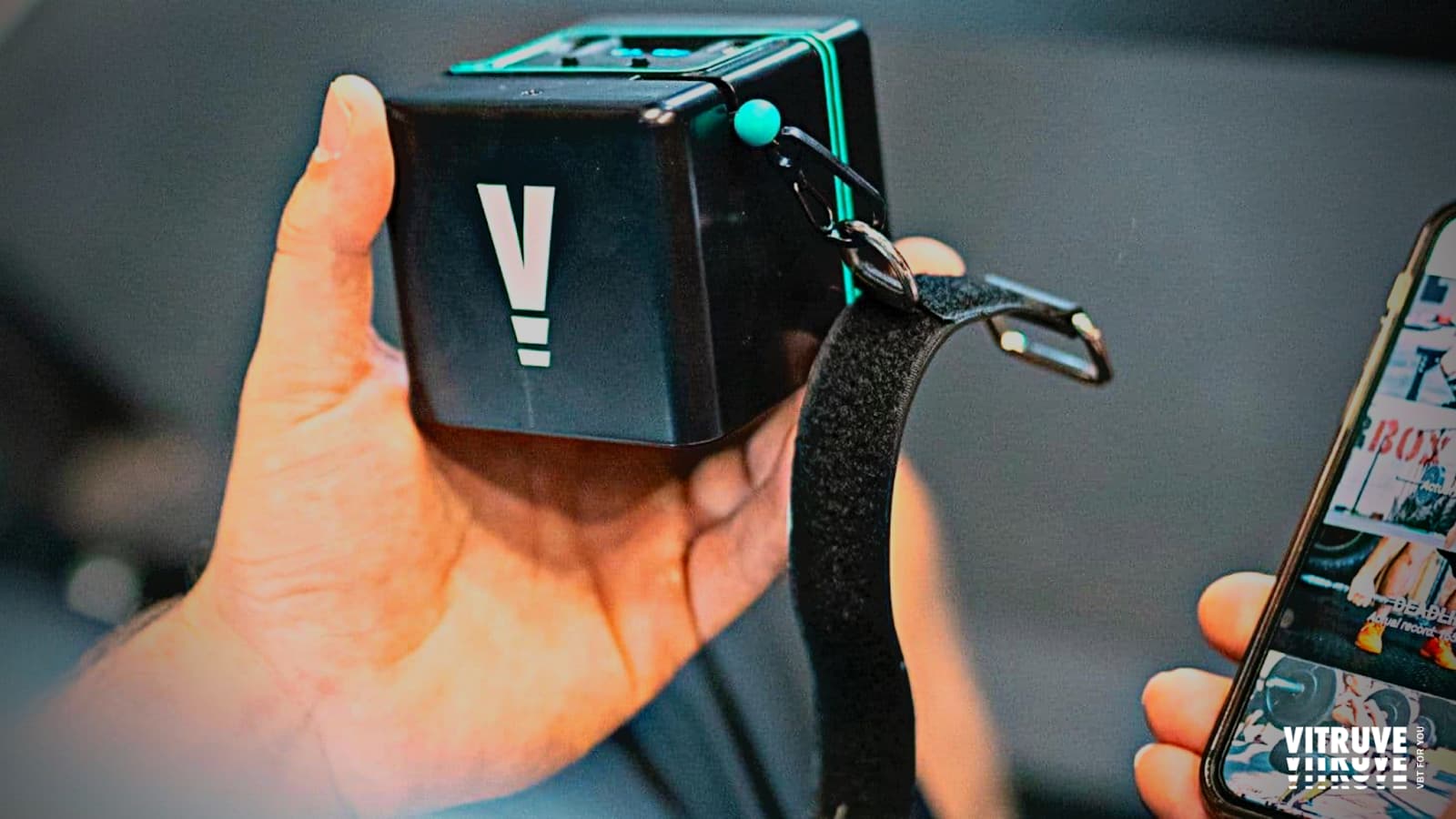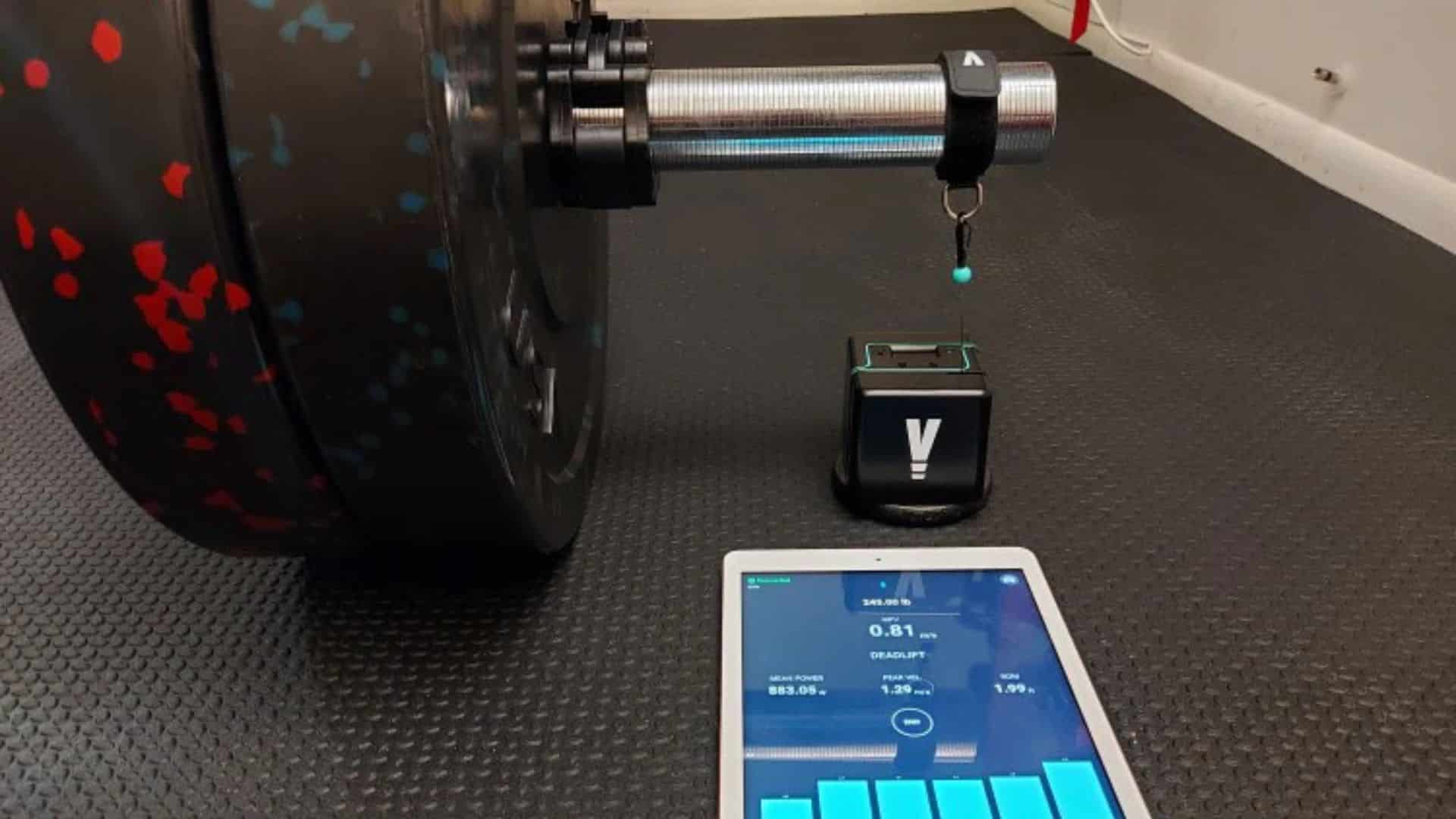19 de August de 2022
The Best Back Workouts for Athletes: Athletic Back Workout
Athletes tend to give all the credit to presses and lower-body exercises when it comes to athletic performance. Most commonly, you’ll hear about bench presses (max or for reps), max back or front squats, jumps, and sprints when someone asks about athletic performance tests. For athletes, these movements are often chosen as standard measures for a variety of reasons.
Below is a listing of some top back workouts for athletes, and a summary of their benefits.
Best Back Workouts For Athletes
Strengthening your back is crucial for becoming a great lifter. In strength and conditioning, “posterior chain” has become a popular phrase. Everything you do in the weight room depends on a strong back. Listed below are the best back workouts that every athlete should do to improve their overall functionality, build muscle, and get stronger.
1. Bent-Over Row
The bent-over row is a back-day staple exercise and is considered one of the best back-building exercises you can do. Sometimes referred to as the barbell row, the bent-over row is an essential movement in most muscle-building workouts. The bent-over row is typically used to build and strengthen the muscles of the upper back (latissimus dorsi, rhomboids, and trapezius). However, it requires assistance from muscles of the lower back, core, and arms to perform a bent-over row correctly.
Benefits of the Bent-Over Row
- Those looking to build muscle utilize the bent-over row to target their back, bicep, and core muscle.
- Those in powerlifting and strength circles perform bent-over rows to increase their strength on the big 3 movements.
- You can effectively perform the bent-over row with various tools such as kettlebells, dumbbells, or even on a cable machine.
- You overload your muscles more efficiently as you’re able to move a lot of weight in the bent-over row position.
2. Chest Supported Row
A chest-supported row or chest-supported dumbbell row is an effective variation. It’s a row movement where your chest is supported. By leaning into a bench with an upper torso, you’re removing the need for your back to stabilize the movement. Unlike other rows like the bent-over row, your lower back and hamstrings aren’t restricted to stabilize the movement. By eliminating the need for other muscles to stabilize the body throughout the movement, this row is much more effective for targeting the back muscles. They’re sure to get fatigued and help you to build muscle in this area.
Benefits of the Chest Supported Row
- Enhance upper body strength, primarily in the lats, rhomboids, traps, and rear delts.
- This variation of the dumbbell row exercise strengthens the back muscles.
- The chest-supported version removes the stability factor while also helping athletes to learn proper rowing form.
- This back workout isolates your back muscles so you can activate them to the fullest extent.
3. Single-Arm Row
The single-arm or one-arm dumbbell row is a unilateral row variation that can heighten upper back strength, hypertrophy, and correct muscular asymmetries. Additionally, it can help to increase arm and grip strength. There are a few variations of this exercise, but the most popular one is the same-side knee and arm on a weight bench while rowing a dumbbell with the free hand. The one-arm dumbbell row is a good addition to any dumbbell workout.
Benefits of the Single-Arm Row
- By working one side of the body at a time, you can more easily address muscular imbalances.
- In addition to targeting your back muscles, you’ll also incredibly increase your grip strength as you squeeze a heavy dumbbell as hard as possible.
- This movement targets the upper and lower back, shoulders, biceps, and hips while improving core stability.
- Five different joint actions take place in this compound exercise. This is also a good exercise to do as part of a circuit training routine.
4. Inverted Row
The inverted row is another name for bodyweight rows or Australian pull-ups. It is a bodyweight movement that can build similar back, arm, and grip strength as the pull-up. However, the inverted row is generally easier to do since you’re not rowing your complete body weight. This workout aids athletes to build up both their back strength and body control. In addition to this, the inverted row workout puts the body in a horizontal position, making it easier to perform.
Benefits Of Inverted Row
- This exercise works the back muscles from a different angle and improves scapular retraction, which is a critical skill in the vertical pullup.
- Athletes add inverted rows to their workout as a preparatory exercise for a traditional pull-up or as a pull-up alone.
- The inverted row is easy to incorporate into upper body workouts. It also works well as part of a super-set combination: for example, one set of inverted rows followed by one set of pushups and repeat.
- This exercise also activates the forearm muscles and improves overall grip strength.
5. TRX Suspension Row
The TRX suspension row is a bodyweight pulling exercise that focuses on the muscles of the middle and upper back, as well as the biceps. It can be trained in traditional muscle-building rep ranges or for higher reps. It can also work as part of a dynamic warm-up for a pressing or pulling-focused workout. This is a great move for athletes to build up both their back stability and body strength, while also allowing for a less restricted arm path.
Benefits of the TRX Suspension Row
- Strengthens the lats (latissimus dorsi), biceps, rear delts, and rhomboids.
- Safer to do for high reps than many free-weight row variations plus it is easy to alter the angle to make the movement more or less difficult.
- Can add pauses or control tempo to make it more difficult and allows the natural rotation of the hands unlike when using a barbell
- This workout allows for a less restrictive arm path, allowing you to better adapt the row to your structure.
6. Seated Cable Row (for Upper Back)
Like most rows, seated cable rows target the back muscles by using a machine or cable. However, you won’t need to support your lower back since you won’t be bent over in this exercise. This makes it a great exercise to attack the back using high volume without adding extra fatigue to the lower back. Furthermore, you pull a chest attachment in this rowing variation. Your arm path in this variation will be higher than the seated row focusing on lats, which will align the rowing motion with the muscles of the rear delts and upper back (traps, rhomboids, and teres major).
Benefits of the Seated Cable Row (for Upper Back)
- The seated cable row can help you build a stronger back. Like other rowing movements, it can be used to develop a strong, balanced back. As such, it can aid in injury prevention, pulling strength, and increase lean muscle mass.
- The constant tension from the cables creates a more even resistance for the back muscles.
- This seated variation is great for building up overall muscle and strength in the upper and mid-back, which translates across back training and into everyday life.
- The higher arm path and semi-pronated grip allow you to target muscles of the rear delts and upper back.

Best Velocity Based Training Devices – Full Review 2025
The Bottom Line
The strength and size of your back can make a big difference in your athletic endeavors. It is exclusively advantageous to train your back because strengthening your back muscles can benefit your health – but you must be careful with how you train, as incorrectly performed exercises can lead to more dangers.
Nevertheless, training without equipment is also an option, but Dumbbells and other gym equipment, however, are essential for effective muscle building. So, make sure you perform them with caution, regardless of gender! Therefore, to avoid any difficulty If you measure your workout training program with VBT, it will do wonders for you! This includes measuring everything, including sets, reps, and how fast you move the weights or body.

To meet your fitness goals, it is therefore beneficial to use a measuring device like Vitruve. With this small device, your movements are measured and displayed on your phone’s screen in detail. It offers accurate calculations thanks to this intelligently programmed application.


